Who are the fastest animals in the world?
Discover the fastest creatures on the planet and see how their top speeds compete with humans in the animal kingdom, speed can mean the difference between life and death. Predators use their speed to overcome and overcome their prey, while animals with few other defenses rely on speed to avoid becoming a dinner.
Who is the fastest runner?
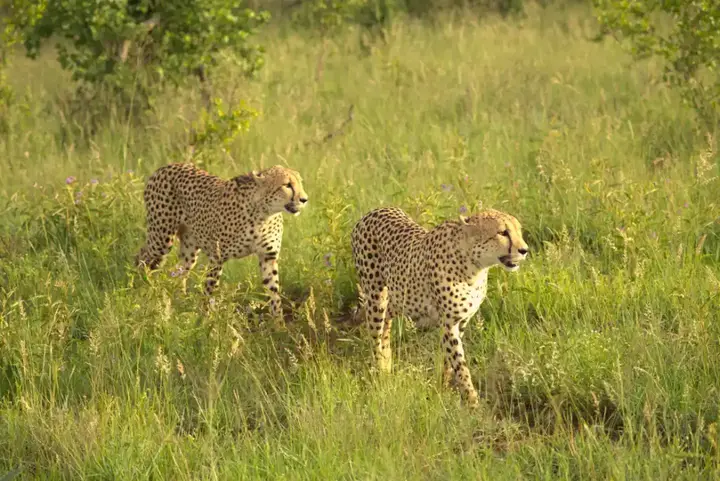
The answer depends on several factors. First, let's clarify. Are we talking about the fastest human being in the world? If so, the runner you're looking for is Usain Bolt, the Jamaican Olympic sprinter who set the world record for the fastest 100m sprint in 2009. As the Encyclopedia Britannica explains, Belgian scientists who measured Bolt's speed found that he was able to run at 27.33 miles per hour.
Recommend
But apart from humans, what creatures can run faster? Check out this list of the fastest animals in the world.
Discover the fastest creatures on the planet and see how their top speeds compete with humans in the animal kingdom, speed can mean the difference between life and death. Predators use their speed to overcome and overcome their prey, while animals with few other defenses rely on speed to avoid becoming a dinner. Here are some of the fastest animals in the world.
•Panthers
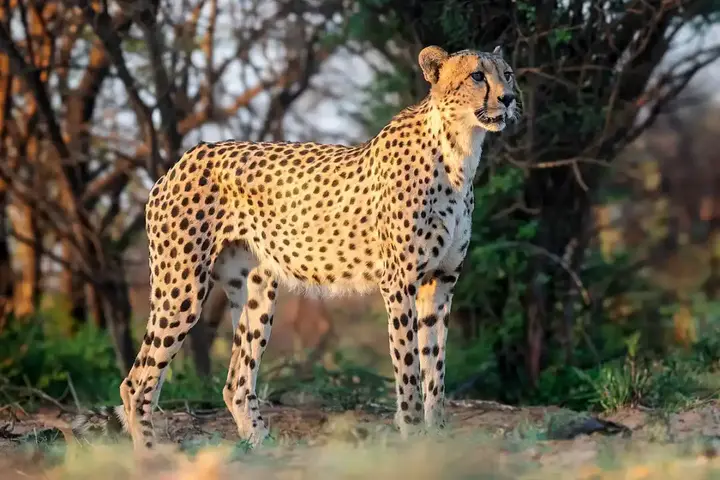
The cheetah is a large cat and the fastest land animal. Contains tan to creamy white or pale orange fur characterized by stiff black spots evenly spaced The head is small and round, with a short snout and tear-like black stripes on the face. It grows up to 67–94 cm (26–37 in) at the shoulder, and the head and body are between 1.1 and 1.5 metres (3'7 in, 4'11 in). Adults weigh between 21 and 72 kg (46 and 159 lbs). The cheetah is capable of running at 93 to 104 km/h (58 to 65 mph); its body has adapted specifically to speed, including a light build, long, thin legs and long tail.
The cheetah was first described in the late XVIII century. Today we can identify four subspecies native to Africa and central Iran.An African subspecies was introduced to India in 2022.
Cheetah lives in areas as diverse as the savannah of Serengeti, the arid mountain ranges of the Sahara Desert, and the mountainous desert terrain.
Cheetah lives in three main social groups: females and their cubs, male "alliances", and isolated males. While females live nomadic lives in search of prey in large household ranges, males are more stable and instead create much smaller areas in areas with abundant prey.
The cheetah is active during the day, peaking during dawn and dusk. It feeds on small to medium-sized prey, which often weighs less than 40 kg (88 lb), and prefers medium-sized ungulates. The cheetah usually chases its prey 60–100 m (200–330 ft) before heading toward it, tripping over it during the chase and biting its throat to suffocate it to death. It breeds throughout the year as females give birth to three or four cubs. After a gestation period of about three months, cheetah cubs are highly susceptible to predation by other large carnivores. They are weaned at about four months and become independent at about 20 months of age.
Cheetah is threatened with habitat loss, conflict with humans, poaching, and high susceptibility to disease.
In 2016, the global cheetah population was estimated at 7,100 in the wild; it was listed as endangered on the IUCN Red List. He has been widely portrayed in art, literature, advertising and animation. He was tamed in ancient Egypt and trained to hunt ungulates in the Arabian Peninsula and India. It has also been kept in zoos since the early nineteenth century.
In just 2.5 seconds, cheetahs can reach speeds of 45 miles per hour. In addition, the cheetah's top speed of 70 mph makes it "the fastest mammal on Earth."
Capable of going from 0 to 60 mph in less than three seconds, the cheetah is the fastest land animal although it is able to maintain these speeds only for short distances. Lions are also very fast when hunting prey, with a top speed of about 50 miles per hour. However, the common prey of big African cats can also be very fast. For example, Springbok can reach 55 miles per hour when chased, and blue wild animals have been recorded at 50 miles per hour.
• Spiny-horned
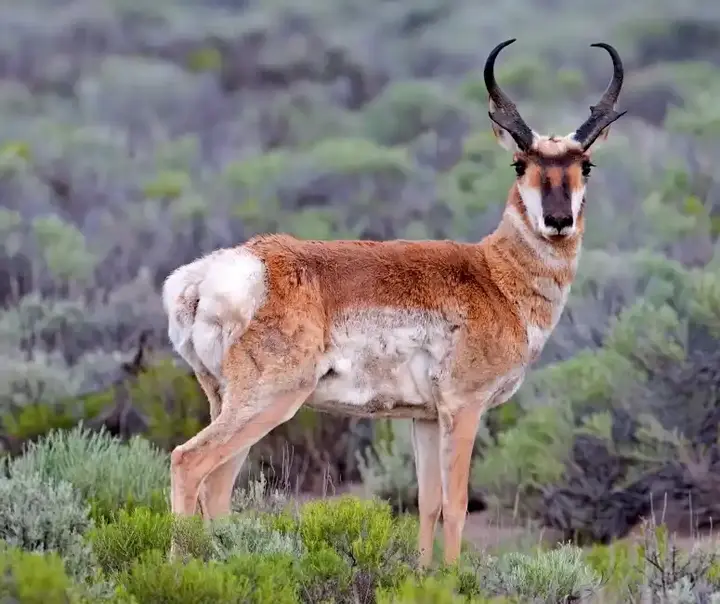
The spiny horn is a species of ungulated mammal native to western and central North America. Although it is not an antelope, it is colloquially known in North America as the American antelope, the slit antelope, the spiny-horned antelope, and the prairie antelope, because it is very similar to the Old World antelope and fills a similar ecological niche due to parallel evolution.
During the Pleistocene era, there were about 11 other species found in North America, many of which are long horned or spectacularly twisted. The closest living relatives of spiny horns are giraffe and okabi.
Antilocaprids are part of the infrared Pecora order, making them distant relatives of deer, cows and beetles.
The spiny-horned is the fastest land mammal in the Americas, with running speeds of 88.5 km/h (55 mph). It is the symbol of the American Society of Mammanologists. While the cheetah is the fastest runner, horned ones are the fastest long-distance runner in the animal kingdom. They are capable of maintaining speeds of approximately 35 miles per hour over several miles, and are even faster over shorter distances. The National Wildlife Federation describes these animals as deer shaped hooves "related to goats and antelopes.
Horned women can reach speed during sprints to dodge predators. to top speeds of around 55 mph thanks to special cushions on its hooves and the ability to absorb large amounts of oxygen while running.
• Peregrine falcons

You see a big bird flying in the sky at full speed, but what was that? Your friend says it's a peregrine falcon and another says it's a red-tailed hawk.
Distinguishing these birds of prey can be difficult. Falcons tend to prefer open hunting areas with high perches, adult falcons have thin and pointed wings, enabling them to fly at high speed and change direction quickly. In their first year of flight, nascent falcons have longer flight feathers, making them more like general-purpose birds such as a wide wing. This makes flying easier while learning the exceptional skills required to be effective hunters as adults.
Falcons are the largest genus in the Falconinae subfamily of Falconidae, which also includes another subfamily including caracaras and a few other species. All of these birds are killed with their beaks, using the "tooth" of Tomial on the side of their beaks – unlike the falcons, eagles and other birds of prey of the Accipitridae, which use their feet.
The largest falcon is the lime falcon as it reaches a length of 65 centimeters. The smallest species of hawk is the dwarf falcon, which is only 20 cm long. As with falcons and owls, falcons appear biennial by gender, with females usually larger than males, allowing for a wider range of prey species.
Some small hawks with long and narrow wings are called "hobbies" and some that hover during hunting are called "ladybirds".
Like many birds of prey, falcons have exceptional vision; one species' visual acuity has been measured 2.6 times that of the average human.
Peregrine falcons have been recorded diving at 320 km/h (200 mph), making them the fastest moving creatures on Earth; the fastest dive recorded achieved a vertical speed of 390 km/h (240 mph).
There is no animal on earth that can run faster than a cheetah. But the peregrine falcon can pounce more quickly than the speed of a cheetah. A falcon cannot be compared to an airplane, rocket or the speed of light.
Peregrine falcons are known to be birds that dive very quickly. This type can dive at speeds of 186-200 miles per hour.
When it comes to incredible speed, birds are nature's Olympic champions. The peregrine falcon is the fastest bird and the fastest member of the animal kingdom, reaching speeds of more than 185 miles per hour when hunting.
Another superfast bird is the golden eagle, which dives at more than 150 miles per hour.
The white-throated needlebird can achieve speeds of up to 105 miles per hour in horizontal flight, and the Eurasian hobby can reach speeds of up to 100 miles per hour.
According to Bat Conservation International, Brazilian free-tailed bats can reach speeds of up to 99.42 miles per hour.
• Black marlin fish
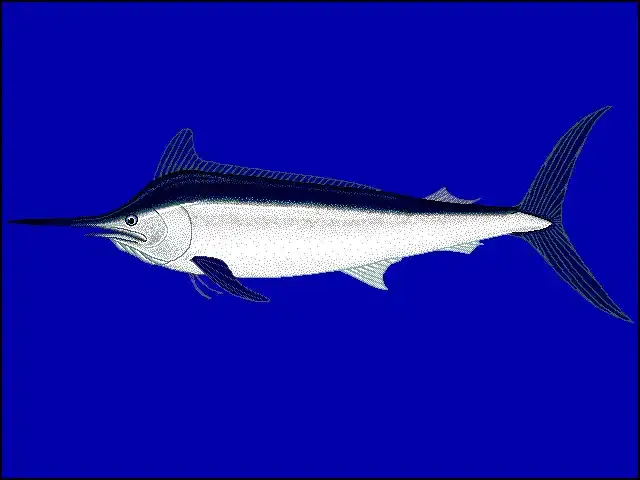
Black merlin (Istiompax indica) is a species of myrlin found in the tropics and subtropics of the Indo-Pacific Oceans. Reaching a length of more than 4.5 metres (15 ft) and is one of the largest marlin fish and also one of the largest bony fish.
Marlin fish are among the fastest, but their speed may be exaggerated in popular media, such as reports of 132 km/h (82 mph).
A 2016 study estimated maximum swimming speeds from muscle contraction times, which in turn reduce tail stroke frequency; this study proposed a theoretical upper limit for black marlin speed of 36 kilometers per hour (22 mph).
Black marlin is caught commercially and is also a highly valued fishing fish. In ancient times, black marlin is known to drag Maldivian fishing boats for very long distances until they get tired; fishermen then take several hours to paddle or sail home.
Black marlin fish may be one of the fastest ocean fish. They can also travel long distances, with one moving from California to New Zealand.
A variety of fish can achieve impressive speeds when necessary, but collecting accurate verifiable calculations has been difficult. According to some sources, the black marlin is the fastest, with a top speed estimated at up to 80 miles per hour.
The sailfish is also a top competitor, with a top speed of at least 67 mph.
• Common horsefly
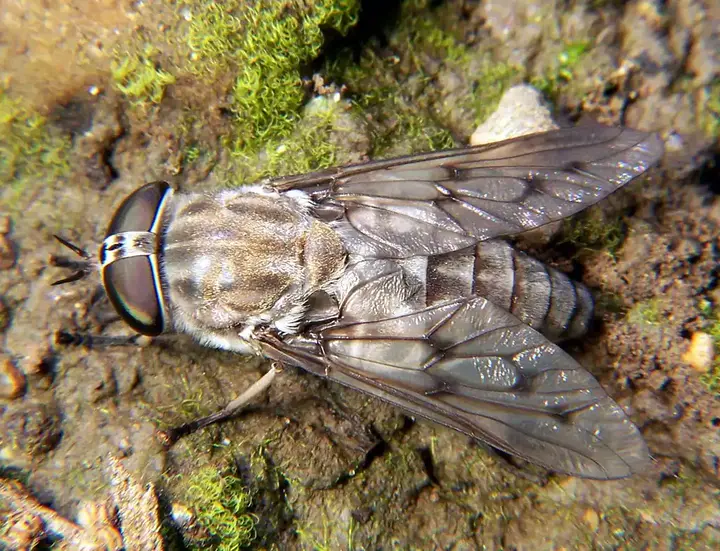
It can be difficult to accurately measure the speeds of insects. However, it is known that the common horsefly can reach speeds of 90 miles per hour under certain conditions, a speed measured during a scientific experiment.
This insect is from the Tabanidae family (order Diptera), this powerful flies, small in size like a housefly or as large as a bumblebee, are sometimes known as green-headed monsters; their metallic eyes or iris meet dorsally in the male and are separate in the female. Other names include the breeze fly, the earfly and the deer fly.








